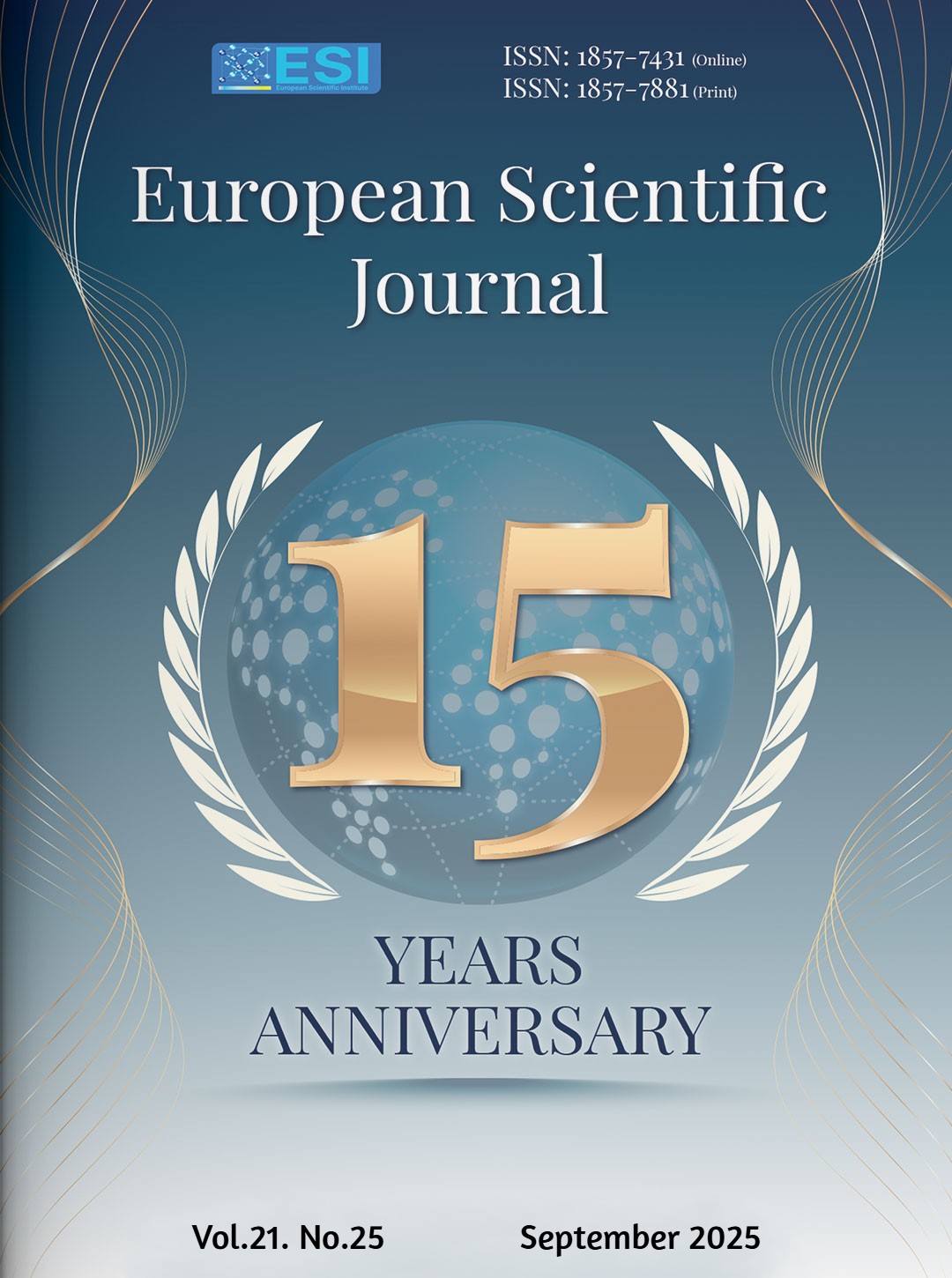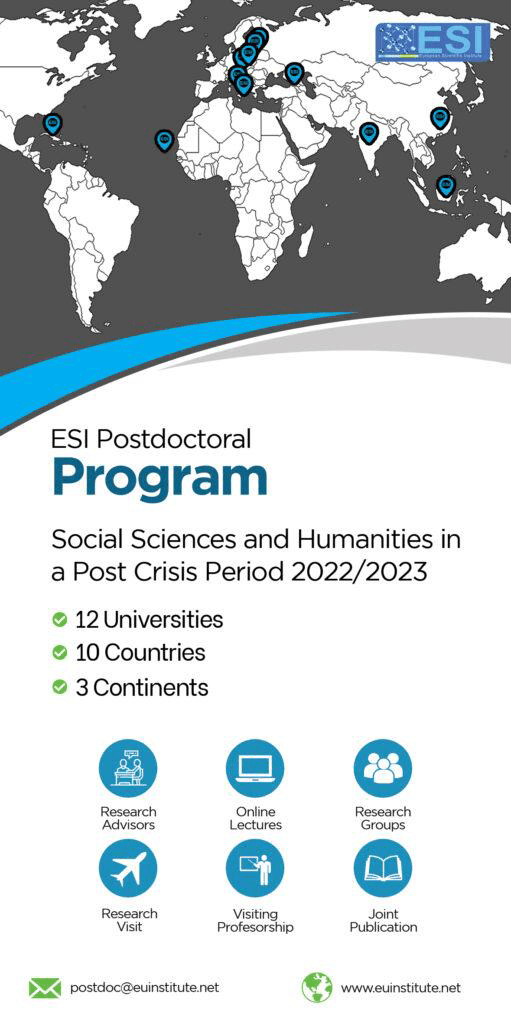The expansion of Vending in the Automated Retail Sector: An experiential marketing approach to customer acquisition- The Italian experience of MatiPay Srl
Abstract
“Automated retail” and “vending” refer to the sale of products through machines, often without direct human intervention, acting as unattended points of sale. This includes beverage vending machines, smart fridges, self-service laundromats, car washes, electric car charging stations, and more. Vending is a specific form of automated retail where the vending machine acts as an autonomous point of sale and a payment point. Simultaneously, it serves as a promotional and marketing tool for customer engagement. This objective is both comprehensive and complex, as the point of sale is entirely digital and unattended, yet it establishes a connection and digital dialogue with the customer through dedicated commercial offers and promotional messages. This process creates an innovative Customer Experience that links the customer to novel methods of communication and payment, thereby redefining the brand's image and reputation. The primary aim of this paper is to demonstrate the importance of implementing automated payment and telemetry systems to facilitate product sales and service delivery, enabling businesses to reach customers anywhere, even without a human presence. The methodology used is a descriptive empirical analysis, based on Data provided by an Italian Company, MatiPay Srl, based in Mola di Bari (Italy). It is based on company Data collected daily by MatiPay's staff and entered into MatiPay's software systems. The first system is the Microsoft Dynamics 365° Customer Relationship Management (CRM) System, which consolidates all data from proactive business development efforts, including leads to opportunities, marketing supplier surveys, and marketing customer surveys. The second system is MatiPay's E-commerce platform, which consolidates all inbound business development data, including client profiles, their needs, and their purchases. The results of this analysis confirm a strong relationship between the improvement of advanced telemetry systems, new digital payment methods, and the innovative customer experience.
Downloads
Metrics
PlumX Statistics
References
2. Alfiero S. (2015). L’economia delle aziende della distribuzione automatica. Il settore del Vending. Torino: Giuffrè.
3. Barbangelo A. (2016). Pausa Caffè. Il Grande Business della Distribuzione Automatica, Milano: Egea.
4. Botero J., Rombach M., Dean D., Gan C., (2024). Is A Vending Machine My Best Bet? Understanding Key Factors Determining US Consumers' Preference and Loyalty to Fruit Vending Machines. International Journal Of Applied Business Research.
5. Brown M.V., Flint M., Fuqua J. (2020). The Effects of a Nutrition Education Intervention on Vending Machine Sales on a University Campus. Journal of American College Health.
6. Chao G., Cheung J., Haller K., & Lee J. (2019). The coming AI revolution in retail and consumer products. New York, United States of America: IBM Corporation.
7. Chaubard F. (2023). AI for Retail: A Practical Guide to Modernize Your Retail Business with AI and Automation. Wiley.
8. CONFIDA (2023). La distribuzione automatica. Collana Le Bussole. https://lebussole.confcommercio.it/wp-content/uploads/2020/11/SINTESI-La-distribuzione-automatica.pdf.
9. Dennis S. (2021). Remarkable Retail: How to Win & Keep Customers in the Age of Digital Disruption. LifeTree.
10. De Souza J. G. F. S., da Silva J. L. R., da Rocha A. M. do R. (2022). Business Models for Automated Retail: A Systematic Review. ResearchGate.
11. Garcia K., Garney, W., Kristin M., Kenneth R. (2019). Evaluation of Community-Based Policy, Systems, and Environment Interventions Targeting the Vending Machines. Family & Community Health: 40.
12. Grech A., Hebden L., Rajshri R., Allman-Farinelli M. (2016). Are Products Sold in University Vending Machines Nutritionally Poor? A Food Environment Audit. Nutrition & Dietetics: 74.
13. Gummesom, E. (2008). Quality, service-dominant logic, and many-to-many marketing. The TQM Journal: 20 (2).
14. Kembro J.H., Norrman A. (2025). A strategic perspective on automated warehouse systems in retail: Insights from a multiple case study. International Journal of Physical Distribution & Logistics Management.
15. Khando K., Sirajul M., Gao S. (2023). The Emerging Technologies of Digital Payments and Associated Challenges: A Systematic Literature Review. Academic Journal Future Internet, 15 (1).
16. Kodgire P., Khandagle K., Nainav P., Gadekar S. (2022). Distributore automatico di caffè intelligente assistito da Google. Journal of Embedded Systems and Processing, 7(2).
17. Kotler P., Ned R., Lee N. (2022). Social Marketing: Improving the Quality of Life, Thousand Oaks (CA): Sage Publications.
18. Kotler P., Stigliano G., (2024). Redefining Retail: 10 Guiding Principles for a Post-Digital World. Wiley.
19. Li L., Kartini, U., Te L., Choon, S., Yin, L. (2022). Revolution of Retail Industry: From Perspective of Retail 1.0 to 4.0. Procedia Computer Science.
20. Marchand A., Marx P. (2020). Automated Product Recommendations with Preference-Based Explanations. Journal of retailing, 96 (1).
21. Martin S. (2018). Heavy Hitter Selling: How Successful Salespeople Use Language and Intuition to Persuade Customers to Buy. Hoboken: Wiley (USA).
22. Marr B., (2024) The Future Of Retail: 10 Game-Changing Trends That Will Define. Forbes.
23. McNulty J. (2018). The Ultimate Retail Manual: Strategies for Retailers to Thrive & Succeed in the Digital World. New Retail Ethos Publications.
24. Perfetti A., Gistri G. (2025). Beyond convenience, toward technology: a qualitative study on consumer behavior emerging trends in vending machines. 24th International Marketing Trends Conference, Paris.
25. Pine, B.J., Gilmore, J.H. (1999). The experience economy. Work is theatre & Every Business is a stage. Boston: Harvard Business School Press, n.1.
26. Ratnasri N. (2021). Vending Machine Technologies: A Review Article. International Journal of Sciences: Basic and Applied Research.
27. Resciniti R. (2014). Il marketing orientato all’esperienza. L’intrattenimento nella relazione con il consumatore. Milano: Edizioni Scientifiche Italiane.
28. Richardson C., (2025) The State of Retail in 2025: Challenges, Success Stories, and Strategies.
29. Riedesel J. (2021). Software Telemetry: Reliable logging and monitoring. Manning.
30. Singh A.P., Pangriya, R. Automation in Retail: Modern Ways of Customer Engagement, PalArch’s Journal of Archaeology of Egypt/Egyptology.
31. Solano A., Duro N, Dormido, R., González P. (2017). Smart vending machines in the era of internet of things. Elsevier.
32. Song J. Z., Wong R. B. W. (2022). The Impact of Self-Service Technology on Customer Experience and Loyalty: The Case of Automated Retail. Journal of Retailing and Consumer Services.
33. Stoyanov K. D. (2025). Vending Retail Marketing: Text and International Cases. Springer.
34. Tegeltija S. (2020). Universal IoT Vending Machine Management Platform. 19th International Symposium Infoteh-Jahorina (Infoteh).
35. Treadgold A., Reynolds J. (2020). Navigating the New Retail Landscape: A Guide for Business Leaders. Oxford University Press.
36. Young T., Parker A. (2024). Learning Open Telemetry: Setting Up and Operating a Modern Observability System. O'Reilly Media.
37. Ziemek G.A., Rinaldi R. L. (2020). "Consumer Adoption of Unattended Retail: An Empirical Study. Journal of Business Research, 111.
Copyright (c) 2025 Arianna Di Vittorio, Alessandro Vito Di Gioia

This work is licensed under a Creative Commons Attribution 4.0 International License.








